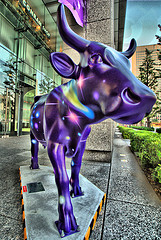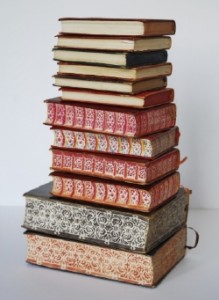It’s the little things that can make your life easier and better. Here are some tools that can help you remember your great ideas, keep you out of trouble, and spiff up your web site.
1. Google Goggles for Gmail
Ever send an email and wish you hadn’t? Google Goggles (for gmail) forces you to stop and think first. You can’t send the email until you solve some simple math problems. Set it for a particular time of day (or all the time). Open up gmail and go to settings/labs/gmail. More details at google tutor’s post how to avoid sending embarrassing emails.
2. Font Finder
What’s that font? Need to duplicate a font and not sure what it is? Check out the Linotype Font Finder. Answer a few questions and presto! Your mystery font is identified.
3. Jing
Need a quick video? Don’t have Camtasia? Try Jing. It’s free and will make a 5-minute video capture of your screen.
4. Jott
Haven’t got a pen handy (god forbid), or want to leave yourself a note? Try Jott. It takes your voice messages (or messages from your clients and friends) and turns them into text messages. So, you don’t have to retype (or type at all).
5. Basecamp
Bascamp is a web project management and collaboration tool. Keep track of each stage of your project, make edits, and keep files all in one place. It’s especially helpful when you’re working virtually.
6. Maczot
Maczot – Sort of like woot for Mac software. One cool Mac software tool every day, at reduced prices.
7. Buttons!
Here’s a tutorial for making buttons in Photoshop. Step-by-step instructions.
8. Ebook covers
How-to tutorial on creating 3-d ebook covers (with template outlines). Or, buy 3-D box software.
9. Google Analytics Link Tracker
Yet another cool tool from Google (thanks to Paul Cunningham for pointing this out). This is a Google Analytics tracker. It lets you track clicks back to your site when you publish an ebook, or a newsletter, or an article. It’s especially helpful with a free ebook or report that you want to spread.
Share your own tools
Got a tool you can’t live without? Share it in the comments.
More about tracking tomorrow.





